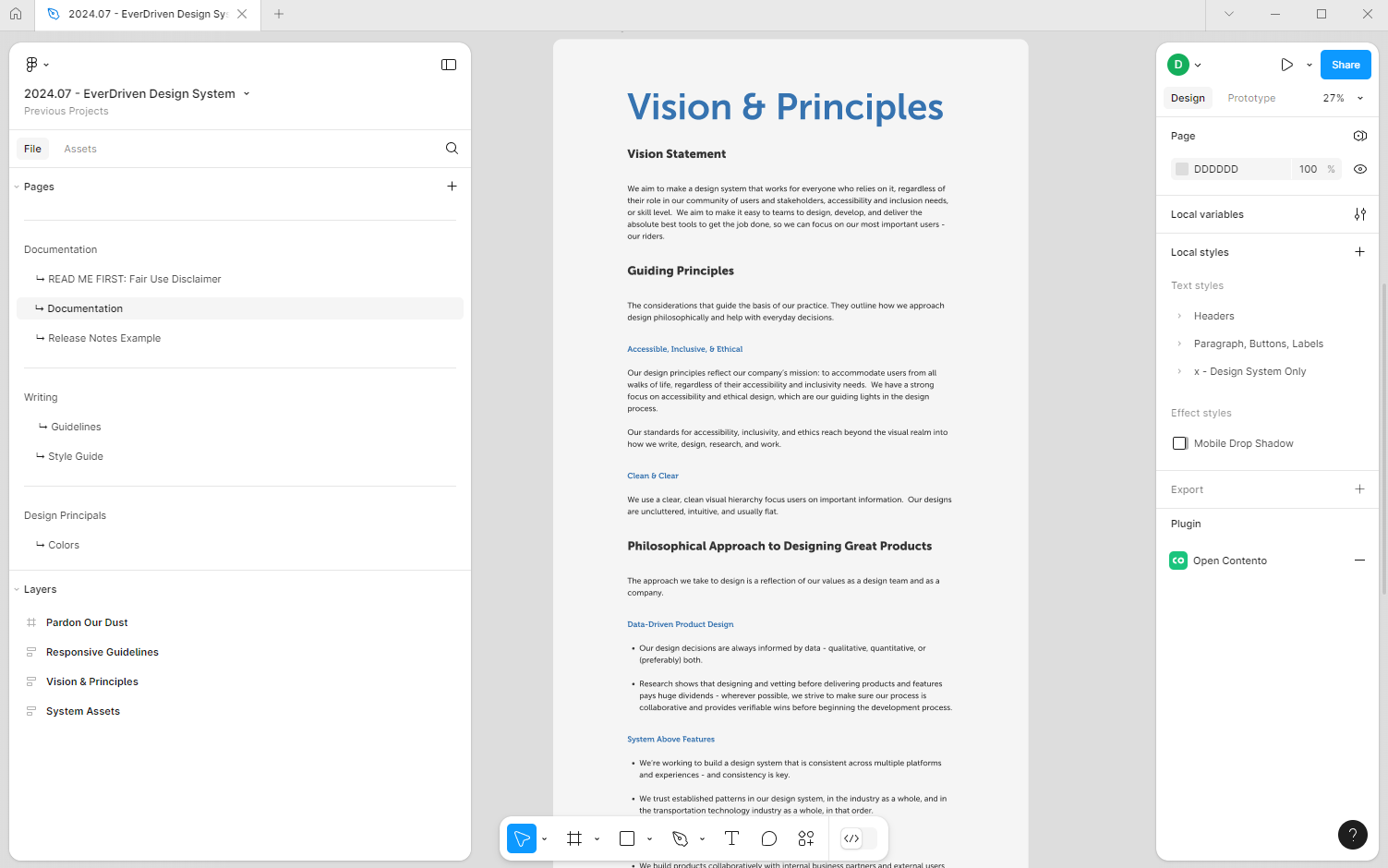
What is EverDriven?
EverDriven is a private vehicle student transportation company – think Uber or Lyft, but with the goal of getting students to and from school.
EverDriven accomplishes this with a suite of tools it offers to users:
- VIP App, where parents & guardians can get information about their students’ transportation, including real-time tracking of rides in progress.
- Driver App, which allows Drivers to accept trips offered to them and provides them with turn-by-turn navigation throughout each trip.
- District Portal, which allows school districts to make requests for student transportation, track drivers and students en route, and various other administrative functions.
- Provider Portal, where owners of private-vehicle transportation companies (commonly referred to as service providers) go to manage their drivers and their business with EverDriven.
- Intranet and internal tools that allow EverDriven employees to work and communicate efficiently with parents, school districts, drivers, and service providers.
The Problem
As the first hire for ever driven, I came to a company that had no design practice or skill. Lacking a component library or design system, the developers had been designing bespoke solutions to every business request before creating custom developed solutions that didn’t always meet the design or business requirements.
I was hired by the CTO to be the first director of UX design for EverDriven in preparation for a major re-design and re-brand ahead of the organization making major efforts to find a buyer for the company.
It was easy to see that a design system would be a huge advantage in our situation. A design system would allow designers to quickly create fully fledged custom low mid, and high fidelity designs to put in front of both internal stakeholders and external users, giving the team the ability to quickly and efficiently iterate ideas in time-sensitive settings.
The other big advantage of a design system is that it saves a huge amount of development time and effort. Instead of having to create custom engineering solutions for every design, developers could grab prebuilt components from a code base and implement them quickly and with confidence that they would function as expected.
To make this dream of reality, my team created a material design based design system that could be quickly implemented and customized to meet our branding and usability needs.
Within 6 months, my team had gone from a complete lack of design documentation and strategy to having a fully fledged design system that allowed our developers, business stakeholders, users, and designers to collaborate, iterate, develop, and deploy solutions that solved for users once, goals, needs, and pain points while providing excellent business value.
Outcomes
- Design and development time reduced 27%.
- Design-related errors decreased 18%.
- 75% improvement in the number of school districts supported.
- 266% improvement in students transported.
- 845% improvement and riots provided.
- The company was acquired for undisclosed amount by private equity investors.
Work done
- Stakeholder interviews
- User interviews
- Software identification and purchase
- Component library creation deline
- Design system creation
- In person moderated usability testing
- In person unmoderated usability testing
- Remote moderated usability testing
- Remote unmoderated usability testing